Pygmalion (1938 film)
8.6 /10 1 Votes
94% Rotten Tomatoes Genre Comedy, Drama, Romance Duration Country United Kingdom | 7.9/10 IMDb Language English | |||||||||||||||||||||||||||||||||
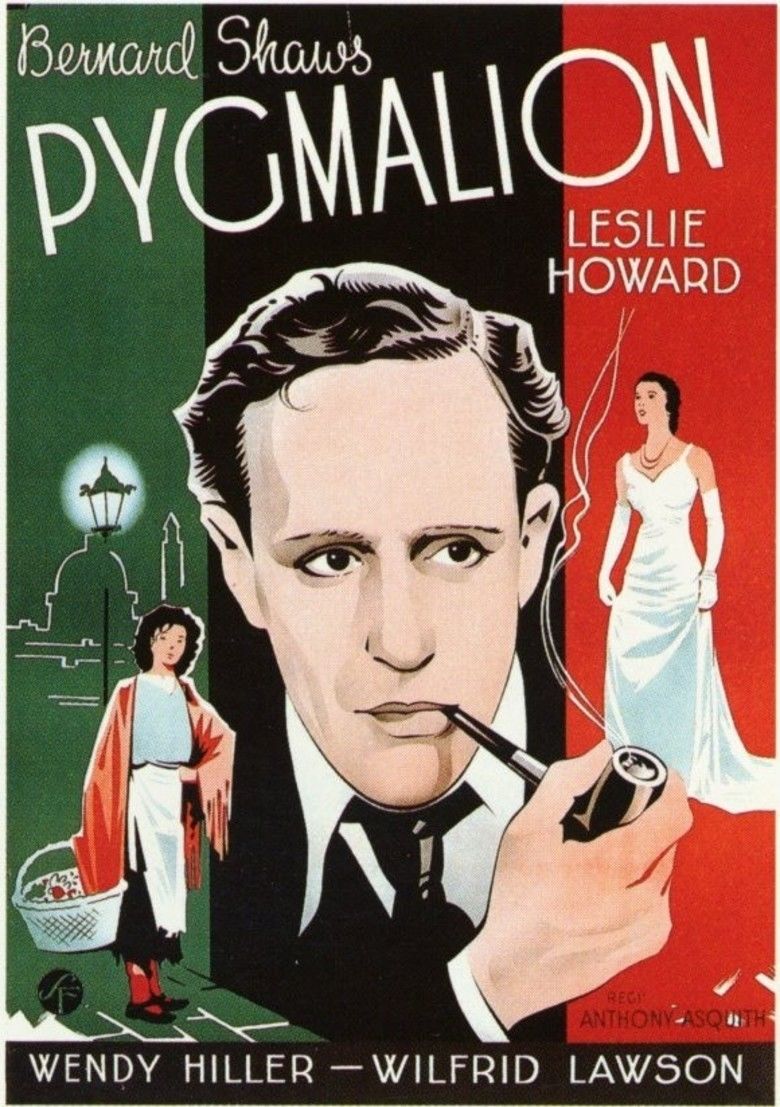 | ||||||||||||||||||||||||||||||||||
Director Anthony AsquithLeslie Howard Release date 6 October 1938 (1938-10-06) Awards Academy Award for Best Writing Adapted Screenplay Cast Leslie Howard (Prof. Henry Higgins), (Eliza Doolittle), (Alfred Doolittle), (Mrs. Higgins), (Colonel George Pickering), (Mrs. Pearce)Similar movies George Bernard Shaw and others wrote the screenplay for Pygmalion and Major Barbara Tagline He picked up a girl from the gutter - and changed her into a glamorous society butterfly ! . . . See Wendy Hiller, new star discovery, in this amazing role ! | ||||||||||||||||||||||||||||||||||
Pygmalion is a 1938 British film based on the George Bernard Shaw play of the same name, and adapted by him for the screen. It stars Leslie Howard and Wendy Hiller.
Contents
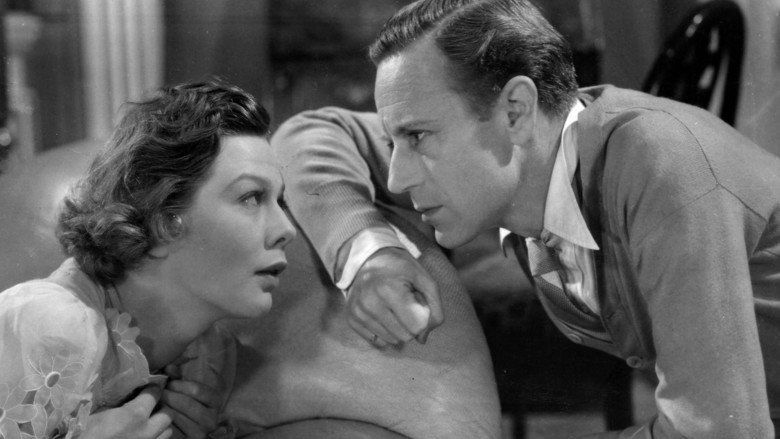
The film was a financial and critical success, and won an Oscar for Best Screenplay and three more nominations. The screenplay was later adapted into the 1956 theatrical musical My Fair Lady, which in turn led to the 1964 film of the same name.
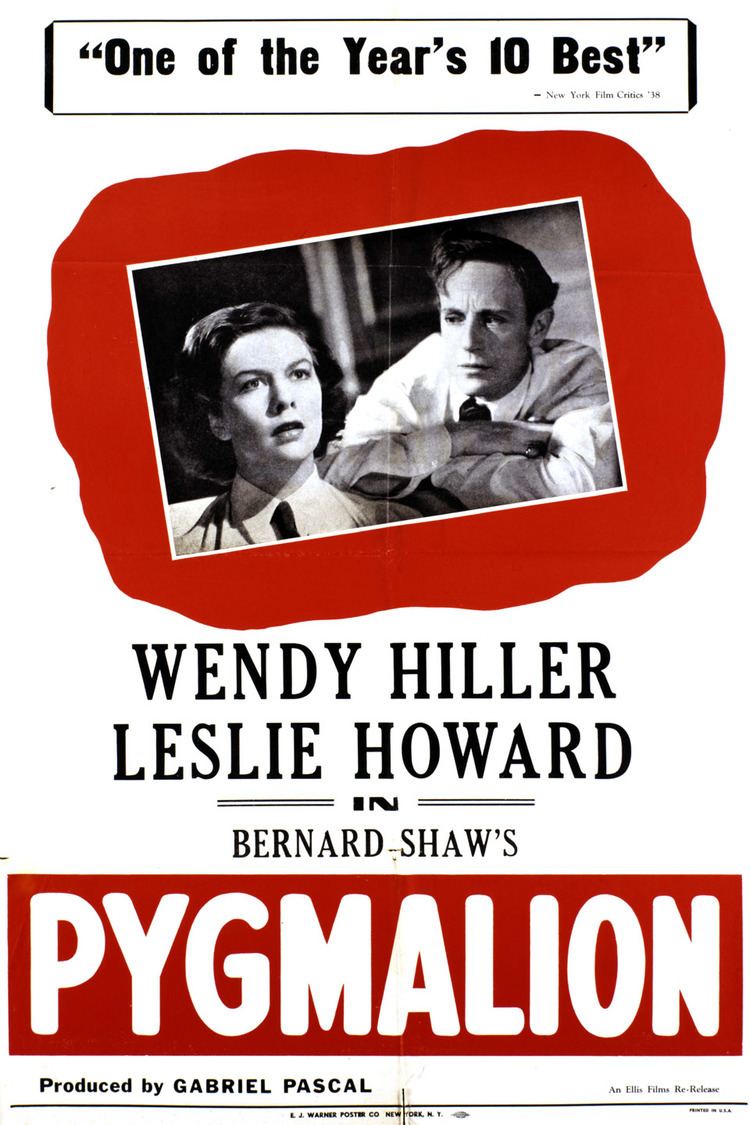
Pygmalion 1938
Adaptation
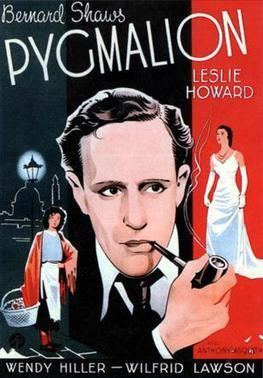
The Hungarian producer Gabriel Pascal wished to create a set of films based on Shaw's works, beginning with Pygmalion, and went to see Shaw in person to gain permission to do so. Shaw was reluctant to allow a film adaptation of Pygmalion owing to the low quality of previous film adaptations of his works, but Pascal managed to convince him (on the condition Shaw retained full control over the adaptation) and later went on to also adapt Major Barbara, Caesar and Cleopatra and Androcles and the Lion.
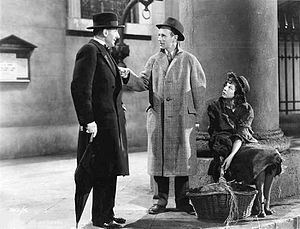
The resulting Pygmalion scenario by Cecil Lewis and W. P. Lipscomb removed exposition unnecessary outside a theatrical context and added new scenes and dialogue by Shaw himself. Ian Dalrymple, Anatole de Grunwald and Kay Walsh also made uncredited contributions to the screenplay. A long ballroom sequence was added, introducing an entirely new character, Count Aristid Karpathy (seen both here and in the musical My Fair Lady, named as Professor Zoltan Karpathy – mentioned in the final scene of the original play, but with no name or onstage appearance), written wholly by Shaw himself. Against Shaw's wishes, a happy ending was added, with Eliza fleeing Higgins with Freddy but then returning to Higgins' home (though whether permanently or on her own terms is left deliberately ambiguous). Shaw and his fellow writers did, however, retain the controversial line "Not bloody likely!" from the playtext, making Hiller the first person to utter that swear word in a British film and giving rise to adverts for the film reading "Miss Pygmalion? Not ****** likely!".
Cast and crew
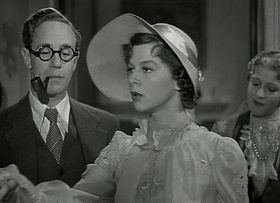
Wendy Hiller was chosen by Shaw to play Eliza Doolittle after she had appeared in stage productions of Pygmalion and Saint Joan – though the film's initial credits stated that this movie was introducing her, she had in fact already appeared on film in 1937's Lancashire Luck. Shaw's choice for Higgins had been Charles Laughton. The movie also includes the very first film appearance (brief and uncredited) of Anthony Quayle, as an Italian wigmaker. Cathleen Nesbitt, credited here as Kathleen Nesbitt in the role of 'A Lady,' would portray Mrs. Higgins in the original Broadway production of My Fair Lady 18 years later.
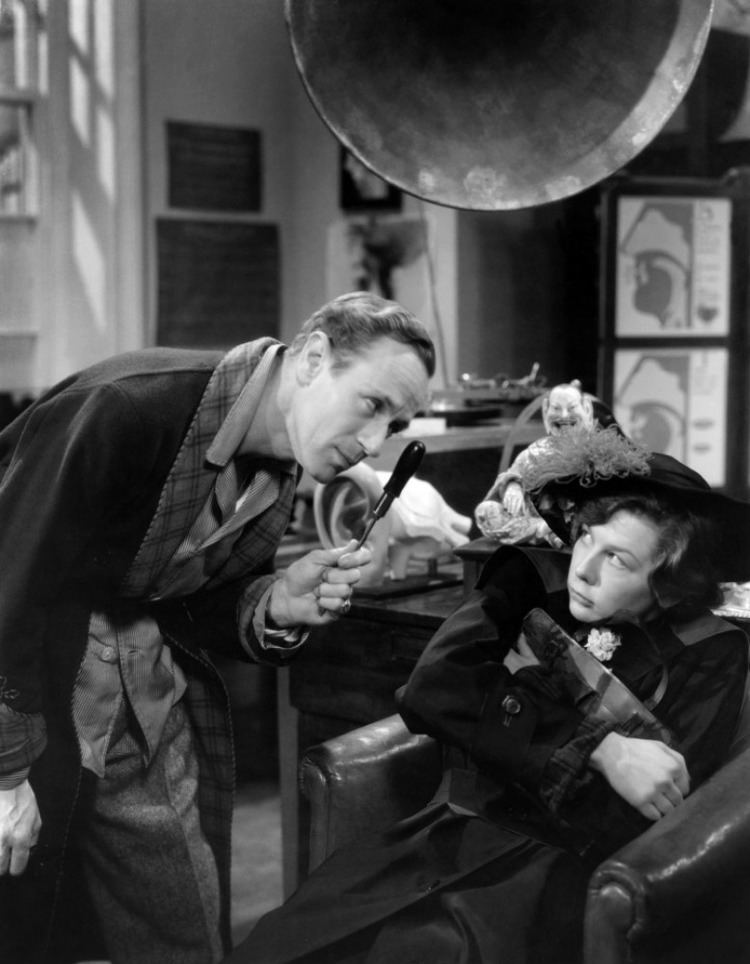
The film's crew included David Lean (on his first major editing job; he also directed the montage sequence of Higgins teaching Eliza), set designer Laurence Irving and the camera operator Jack Hildyard (who later carried out the photography for Lean's The Bridge on the River Kwai, The Sound Barrier and Hobson's Choice).
Cast
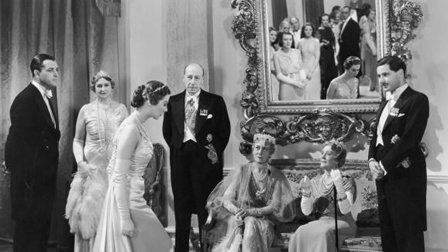
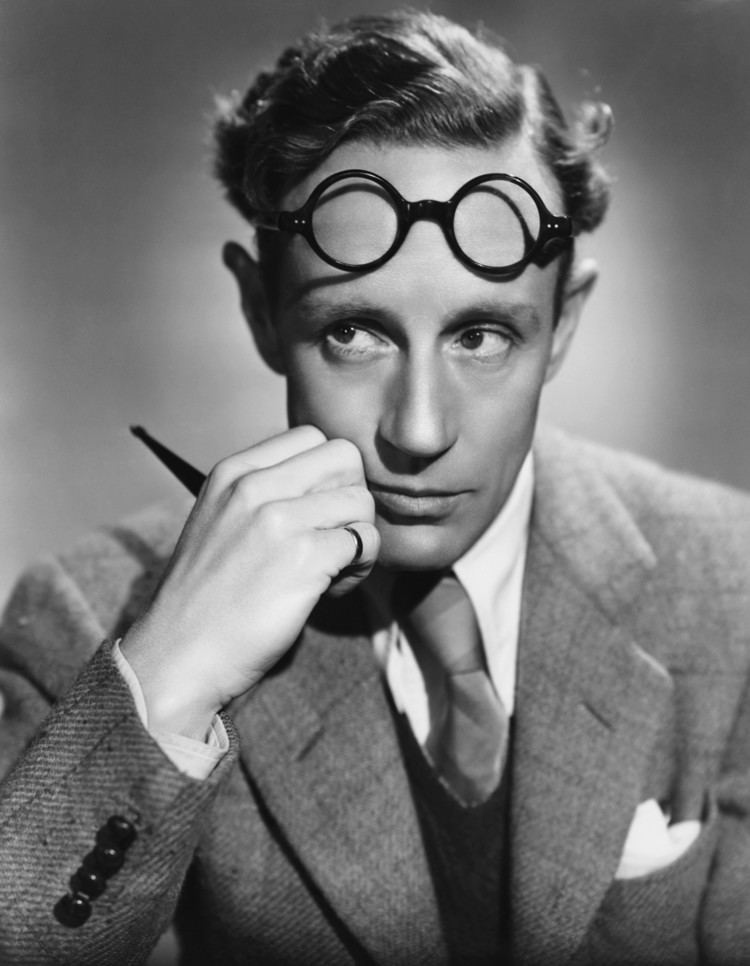
Uncredited
Reception
George Bernard Shaw, Cecil Lewis, Ian Dalrymple, and W. P. Lipscomb won the 1938 Academy Award for Writing (Adapted Screenplay). The film also received nominations for Best Picture, Best Actor (Howard) and Best Actress (Hiller). Shaw's reaction to his award was: "It's an insult for them to offer me any honour, as if they had never heard of me before – and it's very likely they never have. They might as well send some honour to George for being King of England." However, his friend Mary Pickford later reported seeing the award on display in his home.
At the 1938 Venice Film Festival, Leslie Howard won the Volpi Cup and the film was nominated for the Mussolini Cup.
The copyright of the film Pygmalion lapsed in the United States in 1966 after its rights holder, Loew's Incorporated, failed to renew its copyright registration; as such, the film entered the public domain. However, in the 9th Circuit case Russell v. Price (1979), Shaw's estate was able to assert its rights in the underlying work (Shaw's play), and thus retain control over the film's distribution and public performance in the United States as a derivative work. US copyright in Shaw's play ended in 1988, which also restored the film to public-domain status.
References
Pygmalion (1938 film) WikipediaPygmalion (1938 film) IMDbPygmalion (1938 film) Rotten TomatoesPygmalion (1938 film) themoviedb.org
